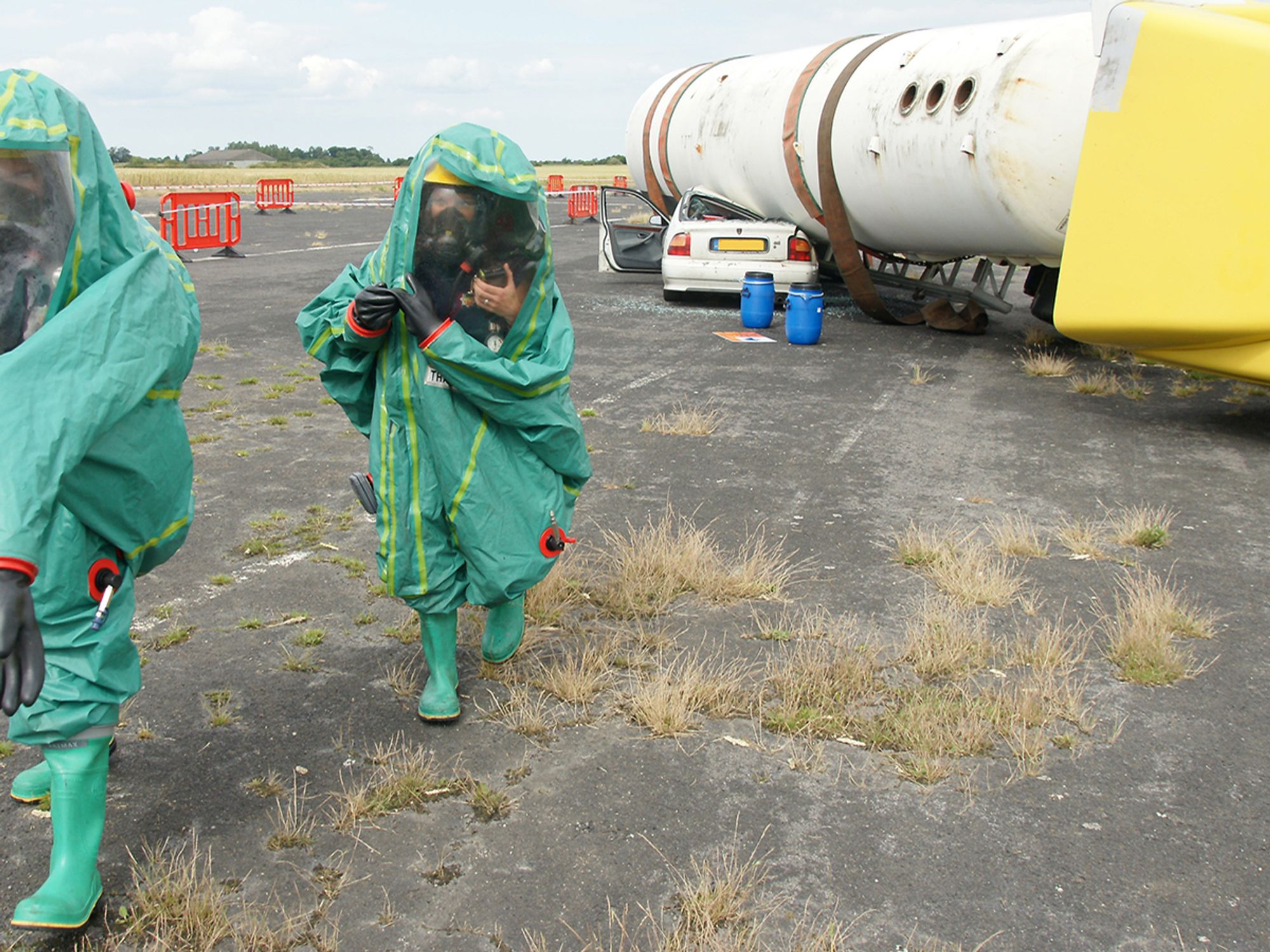Emergency Response Assistance Plan (ERAP)

- The Transportation of Dangerous Goods Act requires that a person offering or transporting certain dangerous goods must have an approved Emergency Response Assistance Plan (ERAP).
- A person who offers for transport or imports more than one consignment of dangerous goods at the same time must have an approved ERAP if the consignments are in more than one large means of containment (MOC), and the total quantity of dangerous goods in all the required large MOC exceeds the ERAP limit.
- The intent of an ERAP is to provide onsite assistance to local authorities in the event of an accident involving the dangerous goods.
The Transportation of Dangerous Goods Act requires that a person offering or transporting certain dangerous goods must have an approved Emergency Response Assistance Plan (ERAP). Part VII and Column 7 of Schedule I of the Transportation of Dangerous Goods (TDG) Regulations identify the dangerous goods and the concentration or quantity for which an ERAP is required.
ERAPs are not required for all dangerous goods; they are only required for the dangerous goods listed in Column 7 of Schedule I of the TDG Regulations. The materials listed are dangerous goods that are more harmful than others and may present significant hazards in the event of an accident. Response to this type of an accident may require special equipment or specially trained personnel. Explosives, toxic gases, flammable gases, and poisons are examples of such dangerous goods.
A person who offers for transport or imports more than one consignment of dangerous goods at the same time must have an approved ERAP if the consignments are in more than one large means of containment (MOC), and the total quantity of dangerous goods in all the required large MOC exceeds the ERAP limit.
The intent of an ERAP is to provide onsite assistance to local authorities in the event of an accident involving the dangerous goods. The assistance provided might include the provision of emergency response advice first by telephone, by a knowledgeable person attending the accident site, and the supply of specialized equipment and a response team to mitigate the effect of the dangerous goods at the accident site.
There are a number of options for filing ERAPS; securing adequate response capabilities may entail several factors such as the nature of the dangerous goods, specialized training, equipment, mode of transportation, geographic area to cover, and means of containment.
There are three basic options:
- Registering a personal ERAP summary with complete response capability that includes an alerting mechanism, personnel, means of transport and equipment.
- Registering a personal ERAP summary that may include some personal resources and some contracted resources.
- A response contractor or trade association may be contacted to file an ERAP summary.
The person required to file or cause a summary to be filed is responsible for all aspects of the ERAP before the ERAP is approved. It is also the responsibility of the person requiring the ERAP to verify and ensure that a contractor is capable of providing the required response.
Transport Canada has an active program to register, inspect, and approve ERAPs.
Be sure to review Part 7 of the TDG Regulations for updates and new information.
